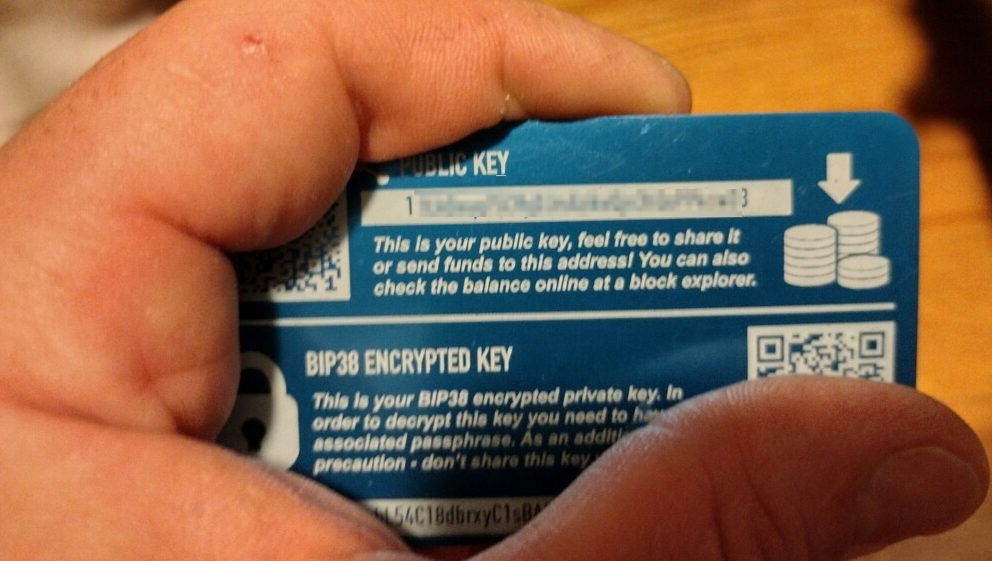ARTICLE AD
Bitcoin mining firms have reportedly been turning off unprofitable mining rigs since the fourth Bitcoin halving.
Bitcoin hashrate witnessed an over two-month low of 575 exahash per second (EH/s) on May 10. That is according to data from blockchain.com.
Although it has now made a slight recovery to around 586 EH/s, the dropping hashrate remains evident, begging the question of why.
Considering the halving that took place last month, expectations were that the hashrate will surge. However, that is proving not to be the case, at least, for the time being.
The Bitcoin network’s hash rate has dwindled since the halving event, and from the look of things, mining firms may have played a huge role in this reality. For context, Bitcoin mining firms have been turning off unprofitable mining rigs since the fourth Bitcoin halving. This sentiment was echoed by the head of research at CoinShares, James Butterfill, who also shared a similar perspective about the hashrate drop in an X post. Per Butterfill, the drop is a direct consequence of miners’ decision to start turning off unprofitable rigs.
It might be worth noting that the exact direction of Bitcoin’s hashrate is exactly as CoinShares predicted in an earlier report. While there is currently a slight setback, expectations are that the hashrate will hit 700 by 2025. CoinShares’ prediction statement goes as follows:
“Our model forecasts the hash rate rising to 700 exahash by 2025, although after the halving, it could fall by up to 10% as miners turn off unprofitable ASICs.”
According to the April 19 report, hashrate will temporarily be negatively impacted by the increased cost of Bitcoin mining and increasing electricity costs, among other things.
Bitcoin Hashrate and Profitability
Without a doubt, infrastructure and energy costs remain the major determinants of profitability for BTC miners. However, there is also a correlation between Bitcoin’s price and profitability.
If Bitcoin’s price drops, some miners may find it unprofitable to continue operations, leading to a decrease in the hashrate as less computational power is devoted to mining.
The correlation was recently explained by Nazar Khan, the co-founder and COO of TeraWulf. According to him, only smaller mining operations with less energy-efficient equipment will be in danger. Khan explained that firms that own just a small bunch of mining machines will struggle to stay profitable.
“If you are a company that owns quality infrastructure that can deliver low-cost power, that’s a real asset and if anything the underlying value of that asset [BTC] has increased…” the statement reads.

 8 months ago
20
8 months ago
20 

